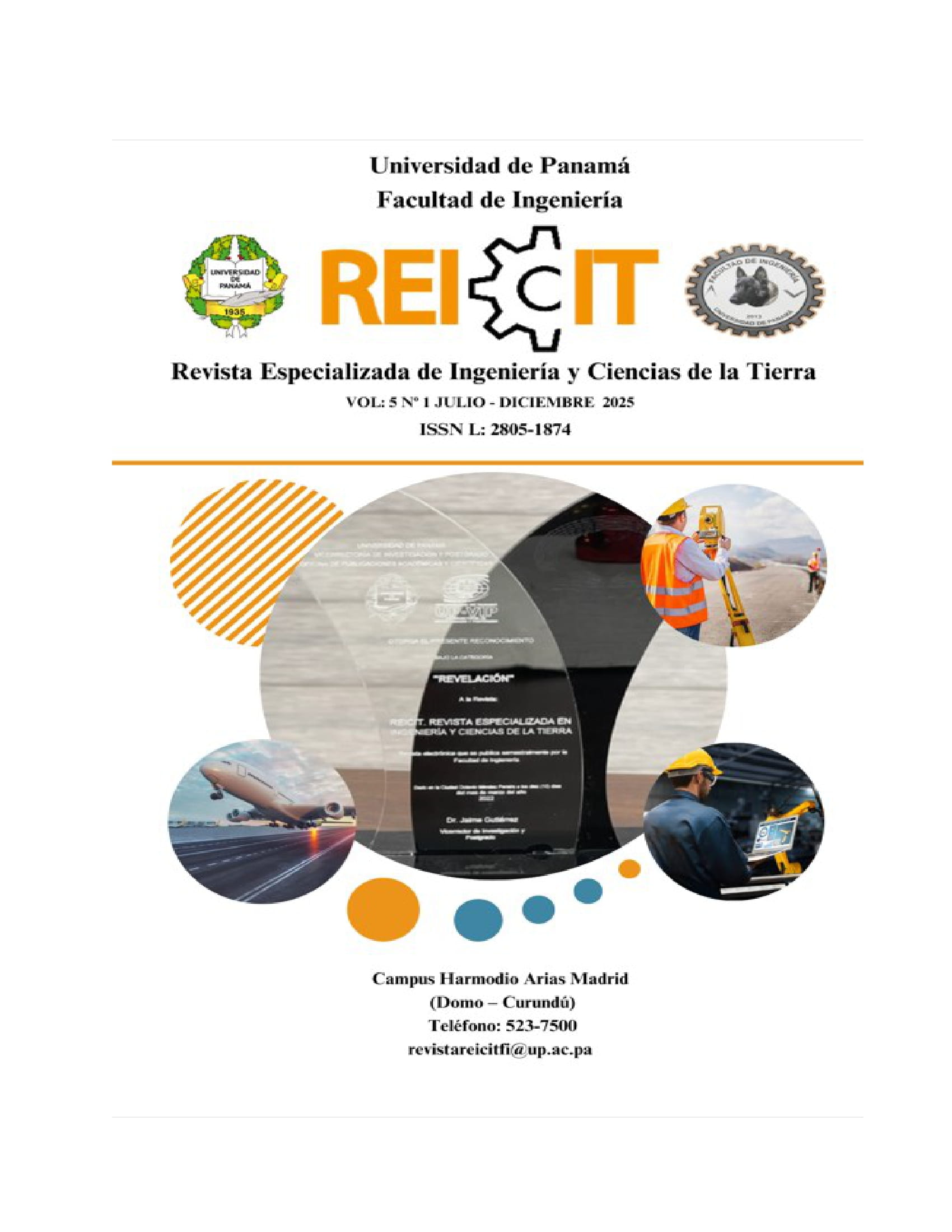

Copyright (c) 2025 REICIT

This work is licensed under a Creative Commons Attribution-NonCommercial-ShareAlike 4.0 International License.
Anteroom: The importance of this research lies in the vulnerability of our country to climate change, electricity consumption, good use of materials attributed to the construction industry and the long-term economic benefits. The general objective of this research is to design architecturally sustainable buildings in Panama in the year 2025 adapted to reduce environmental impact. When referring to the scope, we must mention that it will be focused on energy efficiency, water management, use of sustainable materials, reduction of waste in construction and quality of life within buildings in Panama City by 2025. As for the research methods and techniques used, it would be correlational-explanatory since we analyze how certain sustainable design strategies are related to the reduction of environmental impact. It maintains an orientation towards a qualitative approach under an explanatory purpose established within a transversal design through the analysis of texts and cases to know patterns or meanings in order to interpret phenomena that occur in our nation. When referring to the main results, we can affirm that the following are obtained: Between 30%-70% savings in electricity with the integration of solar panels and efficient technology, 30%-80% reduction in construction waste through recycling strategies, as well as the use of sustainable materials and the emergence of 50%-90% reuse of materials in modular buildings or with circular economy criteria. In conclusion, sustainable architectural design in Panama not only responds to the need to mitigate climate change but also generates economic and social benefits with our fellow countrymen. Efficient buildings reduce operating costs, improve quality of life and promote a culture of environmental responsibility, positioning the country as a benchmark in sustainable development in the region.